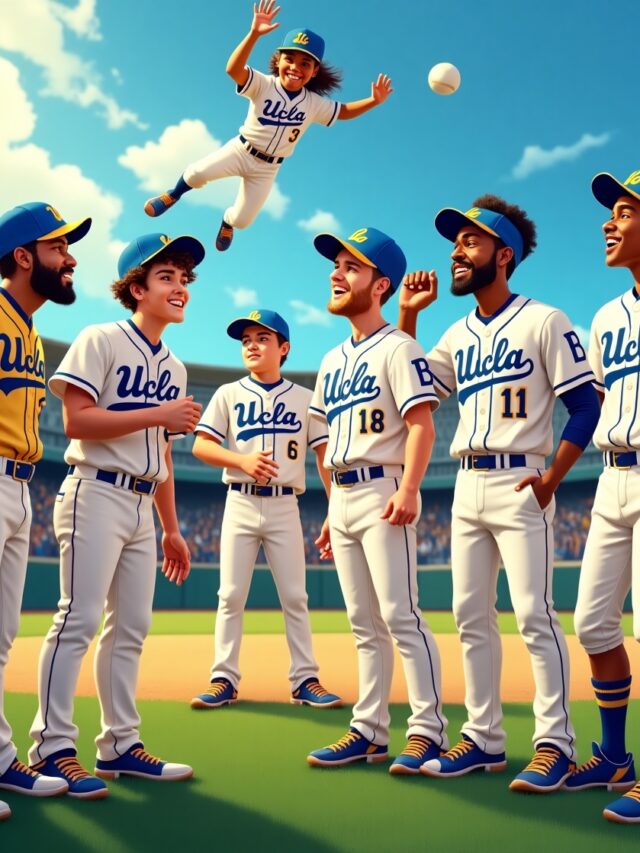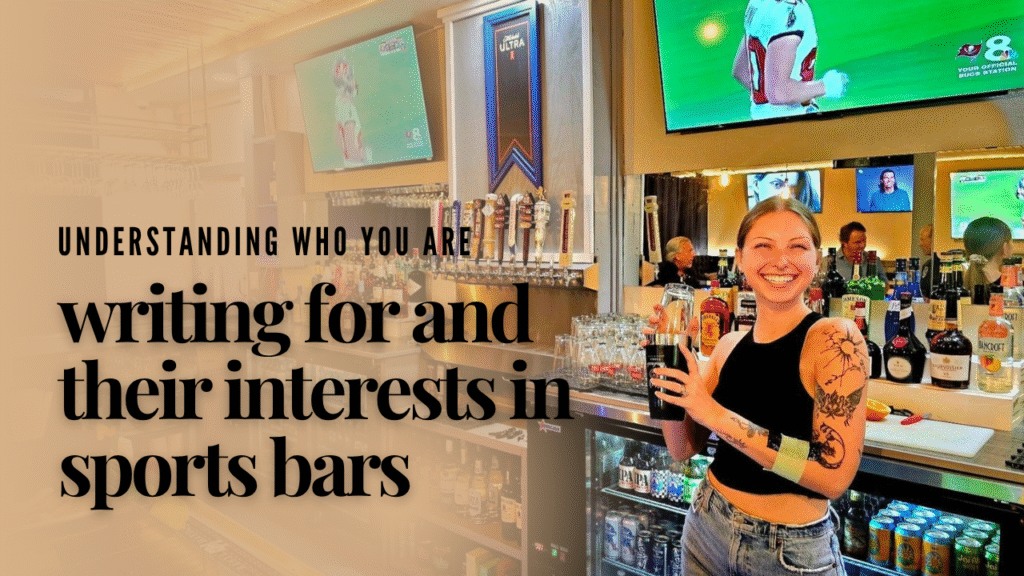Mariners Game Bag Policy: A First-Hand Experience
The electric buzz of a game day in Seattle is something you have to feel to understand. The scent of garlic fries hangs in the air, the roar of the crowd is a constant, welcoming hum, and the sea of blue and northwest green jerseys creates a sense of unity. I’m Mohit, and as a journalist who loves the thrill of live sports, I recently made my way to T-Mobile Park to catch a Mariners game. But this time, my focus wasn’t just on the crack of the bat or a stunning play at home plate. I was there to get a first-hand look at something that impacts every single fan who walks through the gates: the Mariners game bag policy.
Navigating stadium rules can often feel like a complex puzzle, leaving fans confused and frustrated. My goal was simple: to experience the entry process myself, observe how the policy is enforced, and provide a clear, detailed guide for anyone planning a trip to this iconic ballpark. From the security line to the concession stands, I paid close attention to how this policy shapes the fan experience. This is my on-the-ground report, a detailed account of what you can expect, what you need to know, and how to make your entry into T-Mobile Park as smooth as a perfectly executed double play.

Understanding the Core of the Mariners Game Bag Policy
Before heading to the stadium, I did my homework. The official Mariners website lays out the rules, and it’s crucial to understand them to avoid any last-minute surprises. The policy is designed with fan safety as the top priority, a standard practice across major league venues today.
At its heart, the Mariners game bag policy is centered on size and transparency. The primary rule is that bags must be clear. This allows security personnel to quickly and efficiently see the contents without needing to handle the bag extensively, speeding up the entry process for everyone.
Here’s the official breakdown:
- Clear Bags: Fans are permitted to bring in one clear bag no larger than 12″ x 6″ x 12″. A one-gallon clear resealable plastic storage bag also works.
- Small Clutches or Purses: In addition to the clear bag, a small clutch, purse, or wallet is allowed. This non-clear bag cannot be larger than 4.5″ x 6.5″, roughly the size of an adult hand. This is for personal items like keys, credit cards, and phones.
- Prohibited Bags: Any bag larger than the specified dimensions is not allowed. This includes backpacks, large purses, coolers, briefcases, duffel bags, and cinch bags.
It’s important to note that there are exceptions for medically necessary items and diaper bags, but these require inspection at a designated security gate. I made a point to observe this process later in the day.
My Game Day Experience: Putting the Policy to the Test
I arrived at T-Mobile Park about ninety minutes before the first pitch, the sweet spot when the crowd is building but not yet overwhelming. I chose to bring a clear, stadium-approved 12″ x 6″ x 12″ bag, inside of which I had a small notebook, a pen, sunscreen, and a factory-sealed plastic water bottle (which is permitted). I also carried a small, non-clear clutch measuring 4″ x 6″ for my wallet and keys, well within the guidelines.
The Entry Gates: A First Impression
As I approached the Center Field Gate, the scene was organized and efficient. Multiple lines were formed, each leading to a security checkpoint. What struck me immediately was the visual cue: nearly every fan ahead of me had a clear bag. The message has clearly gotten through to the regulars.
The security staff were friendly but firm. They greeted fans with a smile while keeping a professional eye on the proceedings. I watched several people ahead of me. One family had a large, clear tote filled with kids’ snacks and a small blanket. A quick glance from the security guard, and they were waved through. Another couple had a clear bag and a small clutch, just like me, and passed without issue.
When it was my turn, the process was seamless. The security team member glanced at my clear bag, then asked to see my small clutch. I held it up, and he nodded. “Looks good, enjoy the game,” he said. The entire interaction took less than ten seconds. There was no physical rummaging through my belongings, which I appreciated. This is the clear bag policy working as intended—a quick, visual inspection that keeps the lines moving.
Observing Other Fans: The Common Pitfalls
While my entry was smooth, not everyone had the same experience. I positioned myself near the entrance for about twenty minutes to observe the flow and identify common mistakes. The issues I saw almost always stemmed from a misunderstanding of the rules.
- The Oversized “Small” Purse: I saw a young woman with a stylish crossbody bag that was clearly larger than the 4.5″ x 6.5″ limit. A security supervisor politely explained the rule and pointed her toward the nearby bag check lockers. She was visibly frustrated, and I felt for her. It was a simple mistake that cost her time and money (the lockers have a fee). This highlighted the importance of measuring your clutch before you leave home.
- The Sneaky Backpack: A group of college-aged friends approached, and one of them had a small, seemingly harmless drawstring backpack. It wasn’t a large hiking pack, but it fell under the “prohibited” category. They were also directed to the bag check. Their conversation suggested they thought “no large backpacks” didn’t apply to their smaller one. The rule, however, is absolute: no backpacks of any kind are allowed.
- Forgetting the Diaper Bag Exception: A family with a young infant approached with a standard, non-clear diaper bag. They looked worried, but the security guard was fantastic. He didn’t turn them away. Instead, he calmly directed them to a specific lane marked for medical and diaper bag inspections. I followed at a distance and saw that this line, while more thorough, was handled with care and respect for the family’s needs. The contents were inspected, and they were allowed in.
These observations confirmed a key takeaway: knowledge is power. The fans who breezed through were the ones who had checked the Mariners game bag policy beforehand. The ones who faced delays were those who made an assumption or simply weren’t aware of the specific dimensions.
Inside the Park: The Policy’s Impact on the Fan Experience
Once inside, the benefits of the policy became even more apparent. With fewer bulky bags, the concourses felt less congested. Navigating the crowds to get to my seat or grab a snack was noticeably easier than in the old days when fans could bring in large backpacks.
There’s also a subtle psychological effect. The environment feels safer and more open. While we all know security is a complex issue, the clear bag policy serves as a visible deterrent and a reminder that the organization is taking steps to protect everyone. It fosters a sense of shared responsibility among fans.
I spoke with a long-time season ticket holder, a gentleman named Frank, who was sitting a few rows behind me. I asked him what he thought of the policy.
“At first, I was annoyed,” Frank admitted. “It felt like another rule to remember. But now? I wouldn’t go back. The lines move so much faster. I remember waiting 20, 30 minutes just to get in. Now, it’s a couple of minutes, tops. It’s a small trade-off for a much better experience getting into the ballpark.”
His sentiment was echoed by others I chatted with throughout the game. The initial growing pains have largely subsided, replaced by an appreciation for the efficiency it brings.

Prohibited Items: What NOT to Bring
The bag policy is just one part of the security protocol. T-Mobile Park also has a list of prohibited items. Bringing one of these can get you turned away at the gate, regardless of whether your bag is compliant. While some are obvious, others might surprise you.
Here’s a partial but important list of what to leave at home:
- Weapons of any kind: This includes firearms, knives (even small pocket knives), and any other item deemed a weapon.
- Alcohol and non-sealed beverages: You can bring in a sealed, clear plastic water bottle (one per person), but no outside alcohol, cans, or glass bottles.
- Professional camera equipment: Cameras with lenses longer than 6 inches are not permitted. Standard point-and-shoot cameras and smartphones are fine.
- Hard-sided coolers and containers.
- Selfie sticks, banners, and flags on poles.
- Drones.
- Noisemakers: This includes air horns, whistles, and cowbells.
During my observation period at the gate, I saw a security guard confiscate a large metal water flask. The fan was disappointed but understood. Again, a quick check of the stadium rules online could have prevented this.
Tips for a Hassle-Free Entry to T-Mobile Park
Based on my direct experience and observations, here is a practical checklist to ensure you have a smooth and enjoyable start to your Mariners game day. Think of this as your pre-game warm-up.
- Measure Your Bags Before You Go: Don’t just guess. Take out a ruler and measure your clear bag and your small clutch. The dimensions (12″x6″x12″ for clear bags, 4.5″x6.5″ for clutches) are not suggestions; they are firm rules.
- Invest in a Good Clear Bag: If you plan on attending games or other events regularly, a durable, stadium-approved clear bag is a worthwhile investment. They are widely available online and in local sports stores. Look for one with comfortable straps.
- Consolidate Your Items: Think about what you truly need. Can you fit your lipstick and keys into your small clutch? Do you really need that bulky wallet, or can you just bring an ID and a credit card? The less you bring, the easier it is.
- Check the Pockets of Your Coat and Pants: It’s easy to forget a small multi-tool or pocket knife in your jeans. Do a quick pat-down of your own pockets before you leave the house to avoid an awkward moment at the security check.
- Factory-Sealed Water Only: Remember, your plastic water bottle must be sealed when you arrive. Security will ask you to throw out any opened bottles. You can fill it up at a water fountain inside the park.
- Arrive a Little Early: While the lines move fast, arriving early reduces stress. It gives you a buffer in case you need to use a bag locker or have an unexpected issue. Plus, you get to soak in more of the pre-game atmosphere.
- Know the Rules for Exceptions: If you need a medical bag or diaper bag, be prepared for a more detailed inspection. Pack it in an organized way to make the screening process quicker, and use the designated gate for a smoother experience.
By following these simple steps, you can master the Mariners game bag policy and focus on what you came for: enjoying baseball in one of the most beautiful ballparks in the country.
The Bigger Picture: Why This Policy Exists
It’s easy to view these rules as an inconvenience, but it’s important to understand the context. The shift towards clear bag policies began over a decade ago and has been adopted by the NFL, NCAA, and countless venues across the nation. The primary driver is enhancing public safety.
In a large, crowded venue like T-Mobile Park, which can hold over 47,000 people, security is a monumental task. The clear bag policy is a tool that helps security teams work more effectively. It creates a safer environment by making it much more difficult for prohibited items to be concealed and brought into the stadium.
It also dramatically improves operational efficiency. As my experience and Frank’s testimony showed, the reduction in wait times is significant. This means fans spend less time in line and more time enjoying the game, which ultimately leads to a better overall experience. It’s a system designed to balance security with convenience, and from what I saw, it’s a balance that T-Mobile Park manages well.

Final Thoughts from the Grandstand
As the sun began to set, casting a golden glow over Puget Sound visible beyond the left-field wall, the game was in full swing. The crowd roared with every hit and groaned with every strikeout. From my seat, I could see thousands of fans, all of whom had gone through the same entry process I had. The system worked.
My day at T-Mobile Park reinforced that the Mariners game bag policy, while strict, is a net positive for the fan experience. It’s a straightforward set of rules that, when followed, make for a safer and more efficient entry. The key to a stress-free visit lies not in finding ways around the policy, but in understanding and preparing for it.
So, the next time you’re getting ready to head out and cheer on the Mariners, take a few extra minutes to check your bag. Make sure it’s the right size and the right type. Pack only what you need. By embracing the policy, you’re not just following a rule; you’re contributing to a better and safer game day for everyone. Now, pass the garlic fries.










